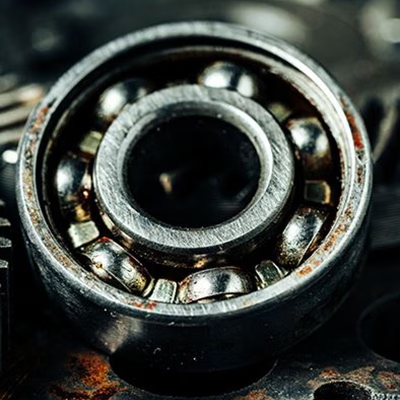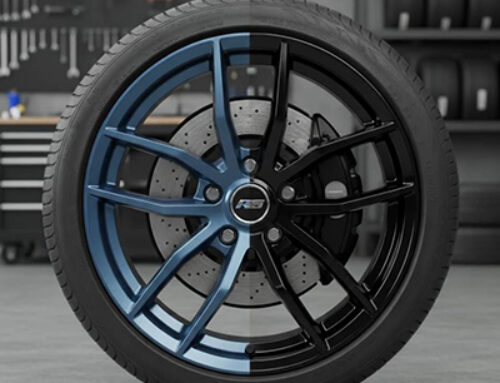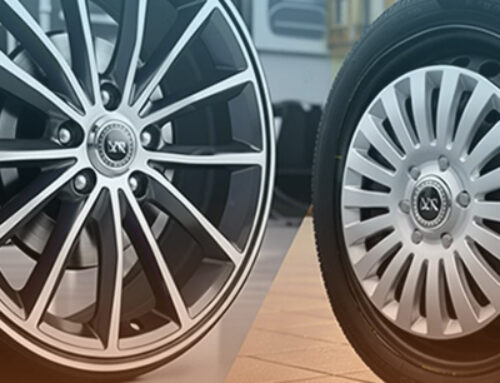What Is One of the First Signs of Bearing Failure?
If you’ve ever heard an odd humming or grinding noise coming from your wheels, it might be more than just an annoyance—it could be one of the early signs of bearing failure. Knowing how to identify a bad wheel bearing early can save you from dangerous situations and expensive repairs down the line. In this article, we’ll explore everything you need to know about bearing issues on cars, focusing on the question: What is one of the first signs of bearing failure?
What Is a Wheel Bearing and What Does It Do?
A wheel bearing is a set of steel balls (ball bearings) or tapered rollers held together by a metal ring. It’s a crucial part of the wheel assembly that connects the wheel to the axle. Wheel bearings allow your wheels to rotate smoothly with minimal friction while supporting the vehicle’s weight.
There are several types of wheel bearings:
- Sealed bearings – Maintenance-free, but cannot be re-lubricated.
- Unsealed bearings – Require periodic maintenance and lubrication.
- Tapered roller bearings – Commonly used in larger vehicles and front wheel hubs.
Properly functioning bearings are essential for a stable, quiet, and safe driving experience.
What Is One of the First Signs of Bearing Failure?
The most common and one of the first signs of bearing failure is an unusual noise coming from the wheel area. This noise can vary, but it typically sounds like:
- A humming or whirring sound that increases with speed
- A growling, grinding, or metal-on-metal noise
- A squealing or chirping sound during turns
These noises may start subtly but get progressively louder over time, especially during acceleration or cornering. Ignoring these early signs of bearing failure can lead to more severe symptoms and dangerous outcomes.
Other Symptoms That Could Follow
If the initial warning signs are ignored, you may notice these additional symptoms:
- Steering wheel vibrations
- Loose or wobbly wheel movement
- Pulling to one side while driving
- ABS light illuminated on the dashboard
- Uneven or rapid tire wear
Each of these symptoms points to increased wear and instability in the wheel hub area, often tied directly to a failing bearing.
Common Causes of Bearing Failure
Understanding what causes bearing failure can help prevent future issues. Common reasons include:
- Wear and tear over time due to mileage
- Impacts from potholes or curbs
- Incorrect installation of wheel bearings
- Lack of lubrication in non-sealed bearings
- Contaminants like dirt, water, or road salt entering the bearing housing
Why Ignoring These Symptoms Is Dangerous
A failing wheel bearing doesn’t just make noise—it compromises your vehicle’s entire handling and safety. Potential consequences include:
- Complete wheel detachment
- Damage to suspension, axle, or brake components
- Costly repairs that could have been avoided
- Loss of control leading to a serious accident
Early detection is key to avoiding these scenarios.
How to Diagnose a Failing Wheel Bearing
At Home:
- Listen for consistent noises that change with speed.
- Lift the vehicle and manually check for wheel play (side-to-side movement).
- Rotate the wheel and feel for roughness or resistance.
At a Shop:
- Mechanics use acoustic diagnostic tools to pinpoint noise sources.
- A visual inspection will check for heat damage or grease leakage.
- Wheel alignment and suspension checks help rule out related issues.
Frequently Asked Questions (FAQs)
✅ Can I drive with a bad bearing?
➡️ It’s not recommended. Driving with a bad bearing can lead to wheel failure and severe damage. It should be inspected and repaired immediately.
✅ How long will a noisy bearing last?
➡️ Once a bearing starts making noise, it may last a few hundred to a few thousand miles, depending on usage and driving conditions. However, failure can be sudden.
✅ Can a bad wheel bearing affect braking?
➡️ Yes. A faulty bearing can cause rotor misalignment or uneven brake pad wear, affecting brake performance and safety.
✅ How do I know if it’s a bearing or something else?
➡️ Noise that changes with speed and direction usually indicates a bearing issue. However, a professional inspection is the best way to diagnose it correctly.
✅ Do I need to replace both sides?
➡️ Not always, but it’s often recommended—especially if both bearings have similar mileage or one is close to failing.
So, what is one of the first signs of bearing failure? That persistent, unusual noise coming from the wheel area—often overlooked until it’s too late. Identifying this early warning, such as a humming or grinding sound that grows louder with speed, can help you prevent costly damage and ensure a safer ride.
If you’re unsure whether a wheel bearing is the issue, don’t delay. A trusted automotive specialist can provide a proper diagnosis before the problem escalates.
Hearing something strange while driving? That sound might be one of the early signs of bearing failure—but it’s not the only one.
👉 Discover all the symptoms of a bad wheel bearing in this detailed guide.
And if you’ve recently hit a rough patch or deep pothole, you might also wonder:
👉 Can a pothole damage a wheel bearing? Here’s what you should know.






